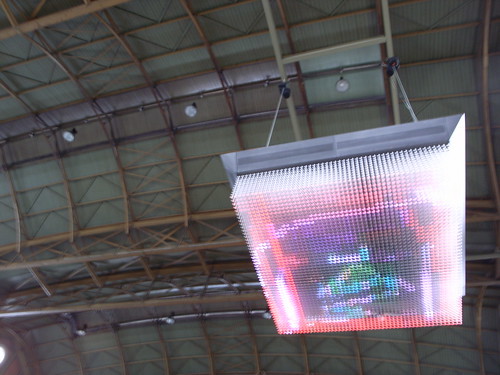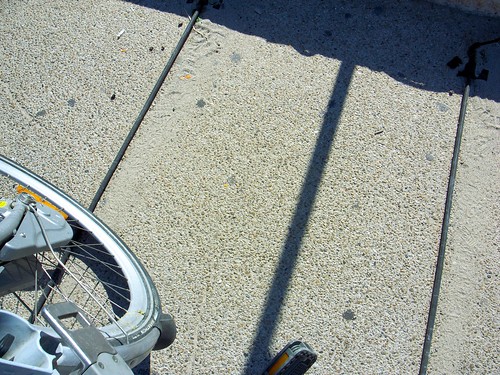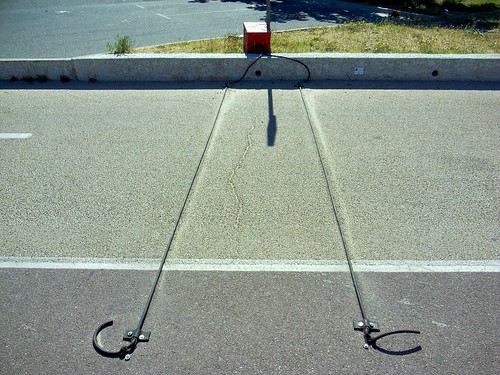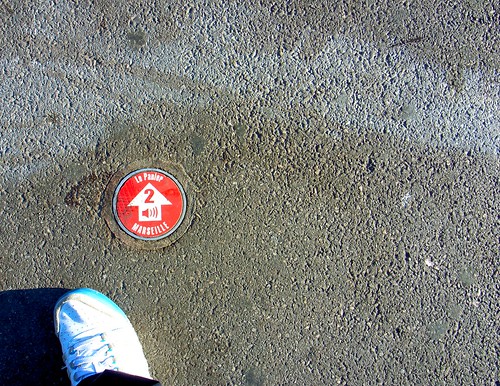 Some pieces I ran across recently about the role of ethnographically-inspired approaches in design:
Some pieces I ran across recently about the role of ethnographically-inspired approaches in design:
Fewer Engineers, More Anthropologists (by Navi Radjou) highlights a so-called new R&D model based on interdisciplinarity. The authors describes to what extent "anthropologists" (or people who have skills related to anthropology) can help companies to "tailor their business models and offerings to match users' socio-economic and cultural context". What is weird here, as described by near future laboratory fellow Julian Bleecker is that this is definitely not really new ("2.0"). For example, Julian points to earlier work by Lucy Suchman at PARC (described in here book). What I find surprising here is that the notion that users should be taken care of in the design/R&D process is not new as well. Of course it was not called "design-based ethnography" in the past and "co-design" wasn't employed either. Perhaps the HBR has lowered his standards or forgot to ask an historian of science and technologies.
How to Turn Research into Innovation Gold (by Jessie Scanlon, Business Week) is a bit more mature as it do not highlight the originality of such approach. With such title, the assumption is clear: data from the field can be turned into gold. It basically points out with a problem field researchers have with the huge quantity of material they collect: what to do out of it? how to turn it into something that is fruitful for other stakeholders (such as designers, strategy people or engineers). What the article describes as "how to tease useful insights out of all of this disparate data". The author takes the example of a Steelcase case (I always like to make weird phrase like this, using two times the same word):
"With all of the research materials gathered in a room, the group convened for what they call a "big share"—a two-day event that included marketers, engineers, industrial designers, and other stakeholders. The field team began by telling stories and sharing observations. (Researchers record the latter in formal documents that include the observation, its origin, its significance, and other details.)
With their thinking primed by the stories, the group went through all of the research photos, organizing them into related themes—a patient's need for privacy, for instance—and taping those clusters on the wall. As they began to see common problems or workarounds, they added observations written on Post-It notes to the wall. "The goal is to take the knowledge gained from the research and make it explicit," says Bromberg."
They then apply a 100 to 50 to 12 insights "that could guide the design and development phases to come" in a sort of reduction process. The article also gives some ideas about the process itself (take time to look back at the data, look for patterns) which seems like the outline of a thick manual of ethnography.
In the last issue of Ambidextrous, there is an interview of a designer and an anthropologist who addresses the general issues raised by the role of field research in design. They discuss the existence of such approach for sometimes (it goes beyond the HBR piece for that matter) and focuses on the added value: the uncovering of "unmet needs or 'opportunity spaces'", "get business people a little closer to real people, to customers". Doing so is achieved through high-level goals: "understand people in their own terms", "through simplified models, a set of key stories or quotes", "eliciting the cultural constructs people have while keeping your mind on two places at once, both the native model [of the user] and your own analytical model [as an ethnographer]".
Some general comments about these pieces:
- The first aspect that strikes me is the vocabulary. The general use of terms such as "ethnography" and "anthropology" sounds like they reference to established and well-respected academic disciplines and practices. It's a sort of indicator of their validity, relevance or maybe seriousness. However, what is generally meant is "field research" with a strong focus on "data" and data collection techniques. The absence of theories and theoretical constructs is quite astonishing. Of course, there are different schools of thoughts in anthropology, and some of them employ less theories than others, but still they argue about the reasons for that. That being said, I tend to prefer using the term "field research" (or scouting) since it's more humble and less anchored in a specific discipline (don't want rain on anyone's parade).
- The focus on a utilitarian model is also important in these pieces. The point of using ethnography is to find "unmnet needs" with their obvious counterparts: business opportunities (or in engineering circle: opportunities to turn a technology into something that can be employed by peeps). Surprisingly, there's never a discussion about what is a "need" (isn't it a theoretical construct?) and the fact that this term is used with a very broad meaning do not account for the complexity of what it encompasses. Recently I was in a round-table with engineers and they were eager to find a "need" that could justify their developments. I find it intriguing but my interest vanished when I realized they stayed at an highly general level: a need for a mobile service could be "sharing content" or "communicating with one's tribe". It was really hard for me to make them understand that these needs are only broad categories and that it's important to go to finer-grained levels. Like... what is important for [a certain category of] people when they do X and Y, at certain moments in time/their life, etc.
- The quantitative rhetoric grounded in temporal perspectives is also fascinating in these articles. See for example: "To effectively carry out their global R&D 2.0 strategy, CEOs of multinationals must give themselves a target of staffing at least 40% of their R&D labs in emerging markets with sociologists and micro-economists by 2015" in the HBR piece. Or: "the group had generated close to 100 insights (...) they "collapsed" these to 50 and then further." in the BW document". Maybe, it's a side-effect of the corporate world that desperately need indicators and quant stuff but the emphasis on such parameters is curious from an external viewpoint.
Why do I blog this? preparing material for my "Field research for designers" course for next semester, I try to find an alternative model to what already exist. I am particularly interested in the use of ethnographical techniques in a context where one do not try to jump on the "uncover needs" bandwagon. My assumption is that there are still some possibilities to employ methodologies and theories coming from ethnography in a meaningful and subtle ways to inform/constraint/inspire/question/help design and the different stakeholders of design-based projects.
 (an interesting encounter from last week-end, a giraffe-shaped game in a public parc in Geneva, which nurtured some interesting reflections about public space and "how do people do what they do" discussions).
(an interesting encounter from last week-end, a giraffe-shaped game in a public parc in Geneva, which nurtured some interesting reflections about public space and "how do people do what they do" discussions).
This topis is well present in the discussion I have with Julian, about how to go beyond the instrumental and explore fringes (the places where the unevenly distributed glimpses form the future may be located) for crafting weird near future explorations.
 Travelling very often in different european cities, I am always curious about Easyjet place recommendation to observe what sort of advices they bring to the table and how they renew their propositions over time.
Travelling very often in different european cities, I am always curious about Easyjet place recommendation to observe what sort of advices they bring to the table and how they renew their propositions over time.
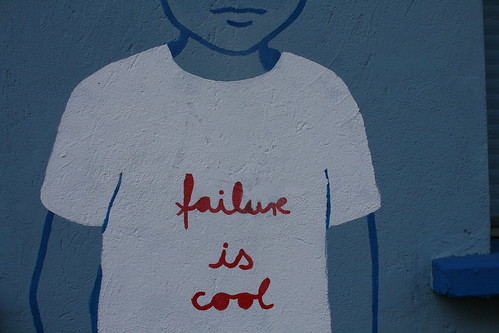









 The never-ending discussions about MJ in various contexts sometimes leads you to talk about pop culture in conjunction with concepts such as "crowd sourcing" and "social web". This is what happened yesterday when I brought back the
The never-ending discussions about MJ in various contexts sometimes leads you to talk about pop culture in conjunction with concepts such as "crowd sourcing" and "social web". This is what happened yesterday when I brought back the 
 (ranking)
(ranking)

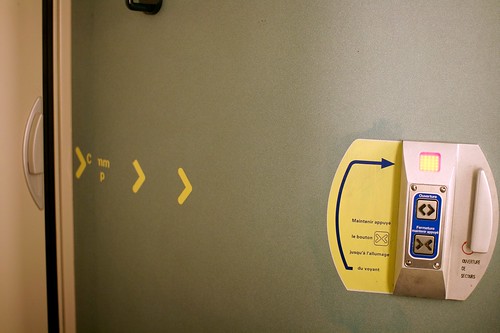
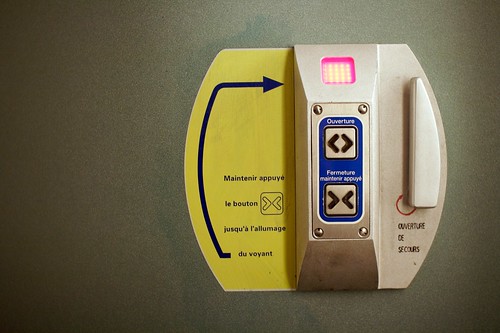





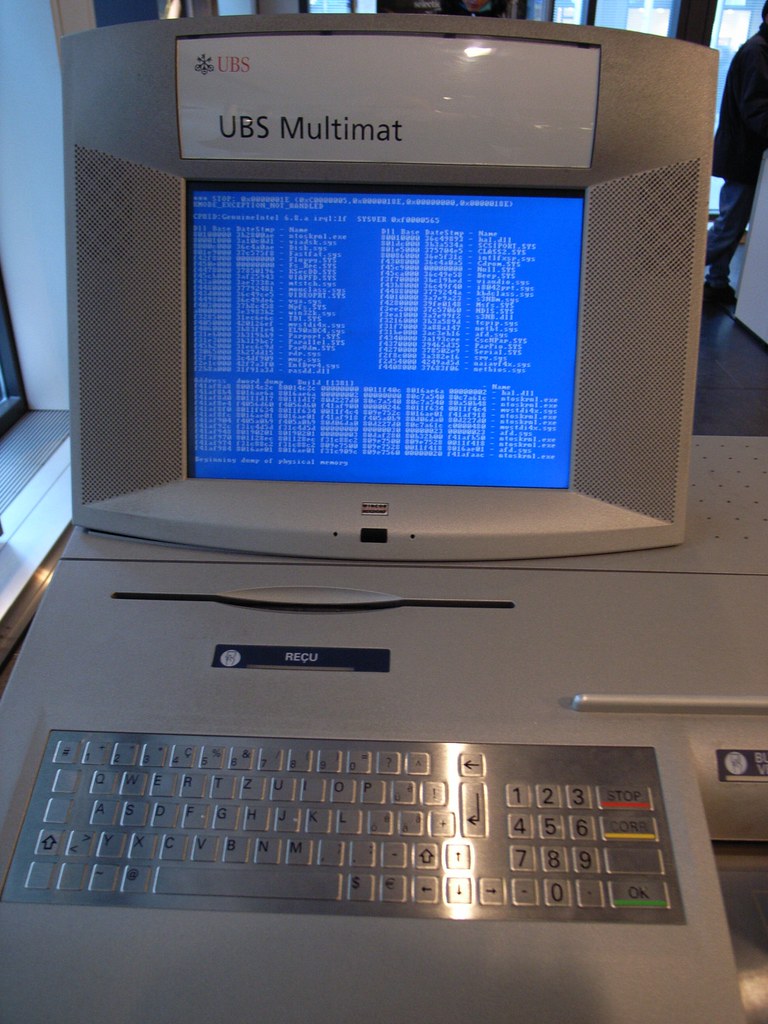
 This
This 



